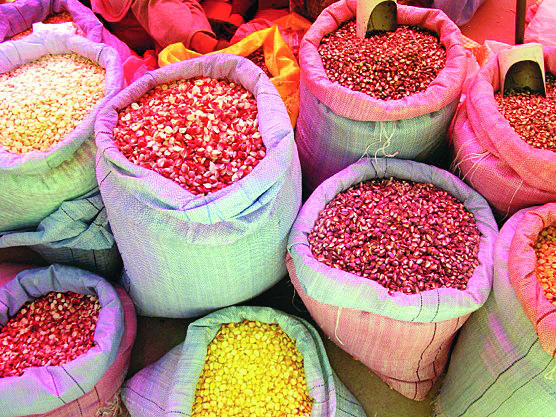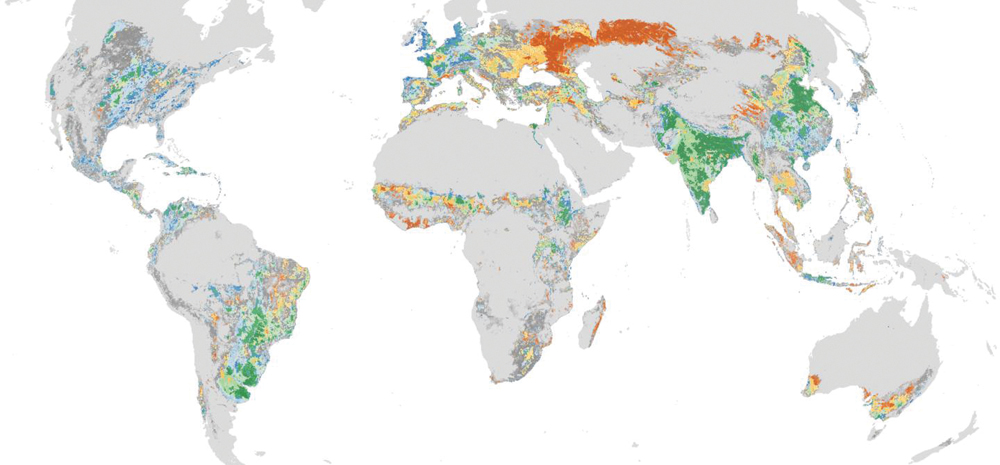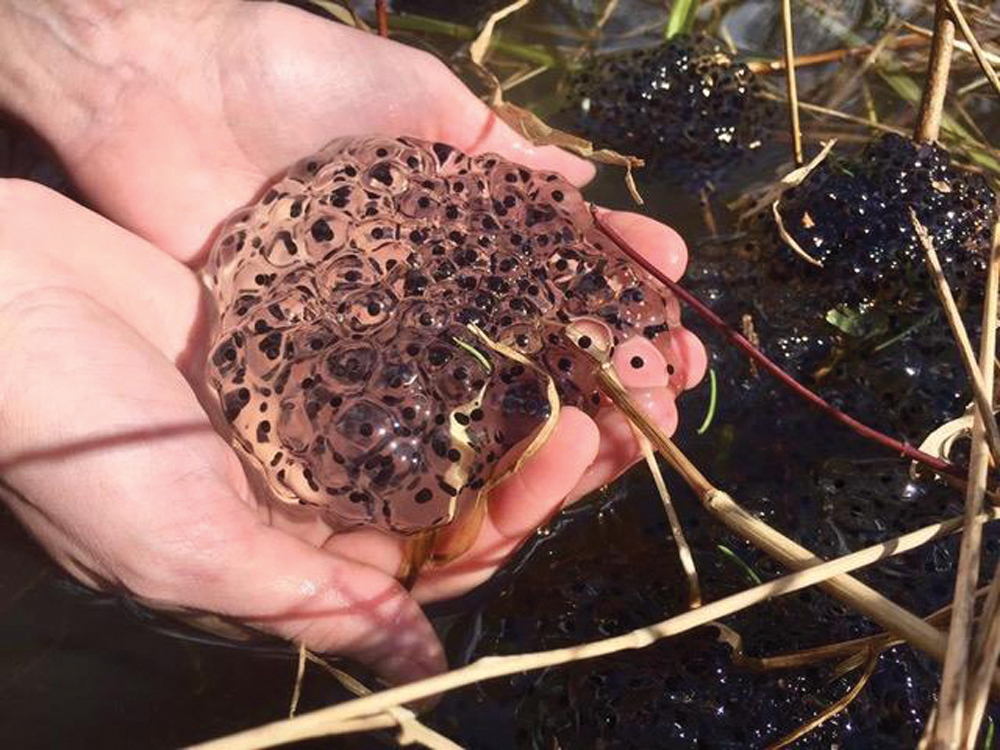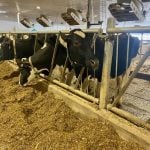As much as 75 per cent of global seed diversity in staple food crops is held and actively used by a wide range of smallholder farms, many of which are close to urban areas, says a geographer from Penn State University.
Karl Zimmerer and his colleagues looked at new census data from 11 countries in Africa, Asia and Latin America. According to a Penn State release, the data shows that small farmers, in many cases women, are the ones preserving landraces of food crops.
A landrace is a locally adapted, traditional variety. Depending on the crop, farmers may plant anywhere from one to 15 different landraces.
Read Also

Ag lending in crossfire of Bill S-243: industry
A coalition of 17 major farm groups is opposing a bill that would tie the decisions of lending institutions to Canada’s climate goals….
“For maize, farmers plant one to three varieties because this crop readily outcrosses to form new varieties, producing too many new hybrids for the farmers to evaluate,” Zimmerer said in a release. “But the next farm over would probably plant different landraces, so for some more diversity is available.”
He said that while these farmers are often portrayed as protecting vestiges of “heirloom crops,” in fact they are participating in “emergent agro-biodiversity systems.”
Zimmerer spoke to the American Association for Advancement of Science annual meeting Feb. 13. He said that “peri-urban” farms — small farms close to cities — are important in maintaining this ongoing outcrossing and diversity. They have good access to urban markets where restaurants prefer local foodstuffs, like maize and quinoa varieties in Peru. But in marginal locations with declining populations in remote rural areas, there are not enough growers and during drought or other disasters, there may not be sufficient seeds to replenish the base of diversity.














